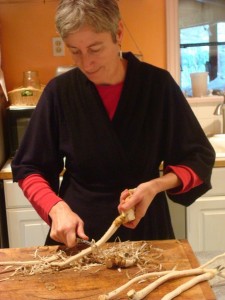 Here I am innocently scraping the outerlayer off the horseradish root I just dug out of the garden. I’m thinking about my next steps in making horseradish sauce where I will chop the root into small pieces and then, along with salt, add white vinegar, a little water, before mixing them up in the Cuisinart. It’s all very straightforward, ordinary kitchen crafting. My intent is to use the horseradish in my raw salads because I like its bite.
Here I am innocently scraping the outerlayer off the horseradish root I just dug out of the garden. I’m thinking about my next steps in making horseradish sauce where I will chop the root into small pieces and then, along with salt, add white vinegar, a little water, before mixing them up in the Cuisinart. It’s all very straightforward, ordinary kitchen crafting. My intent is to use the horseradish in my raw salads because I like its bite.
I begin to believe in horseradish’s potency as the pungent fumes from the horseradish root make their way to my nostrils. I start seeing the root as a sword because it has a cutting, toxin-purging effect in the body; it can battle viruses, mucous, urinary tract infections and even cancer.
Then I get an idea: a killer idea.You see, my husband, Craig, who is in his mid-fifties, has begun snoring this past year. Although I am passionate about this man and want to sleep next to him every night, I despise the sound of wet phlegm flapping through his respiratory system. As I think about the snoring, and how it has disturbed my sleep, that precious restorative time, I start feeling more hateful, more evil, and more determined to kill the phlegm.
I think to myself, what he needs is a big whiff of this stuff and that will give me a good night sleep – sleep deprived people think distorted thoughts. So when my root slurry is all mixed up, I take the top off the cuisinart, call him over and say, “Put your nose in this stuff; it will cure your snoring.” My husband trust me so he lowers his nose into the mixture and takes a full inhalation, the deep kind we all take on a fresh spring morning. The next thing I see is Craig, on his knees, coughing and gasping for breath.
When he can speak again he says with heat in his voice, “Are you trying to kill me?” I examine his face, which is beet red. Uh oh! So, believing he is being perhaps a bit overdramatic. I lower my own nose into the mixture, albeit with a touch of caution, snort once and experience the same noxious fumes. Instantly my eyes sear and a spasmodic coughing fit follows.
Horseradish, that sword-bearing root, took us both down.
After Craig recovered, his nostril passages did, in fact, clear up. That night, I can report the snoring situation was improved but not completely resolved. What to try next? Will he sniff my concoctions one more time?
 Here’s a traditional remedy for clearing phlegm from the sinuses:
Here’s a traditional remedy for clearing phlegm from the sinuses:
Take ½ teaspoon of grated horseradish sauce without dilution morning and afternoon. Don’t drink anything for ten minutes and feel your breathing passages open up.
Like this:
Like Loading...

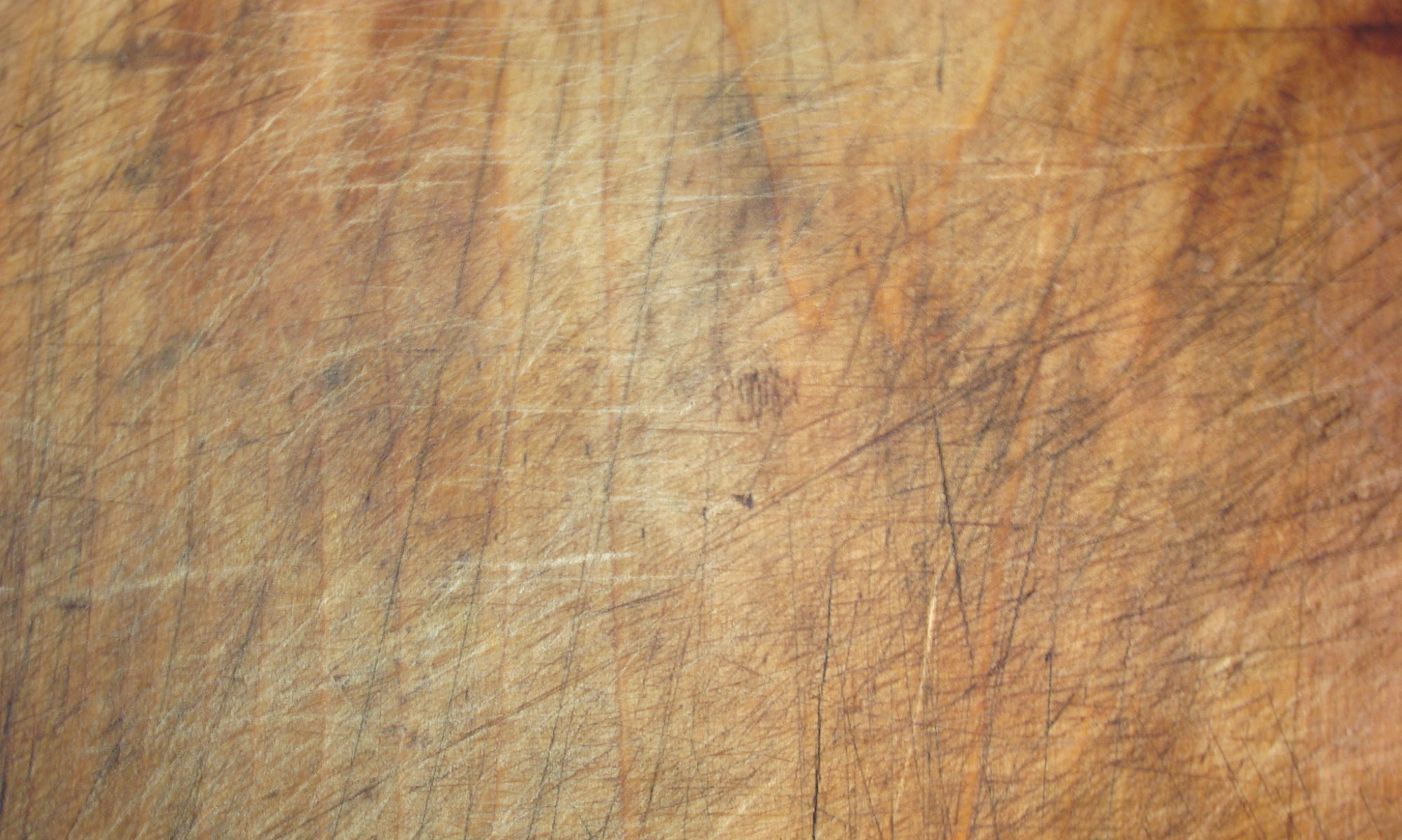
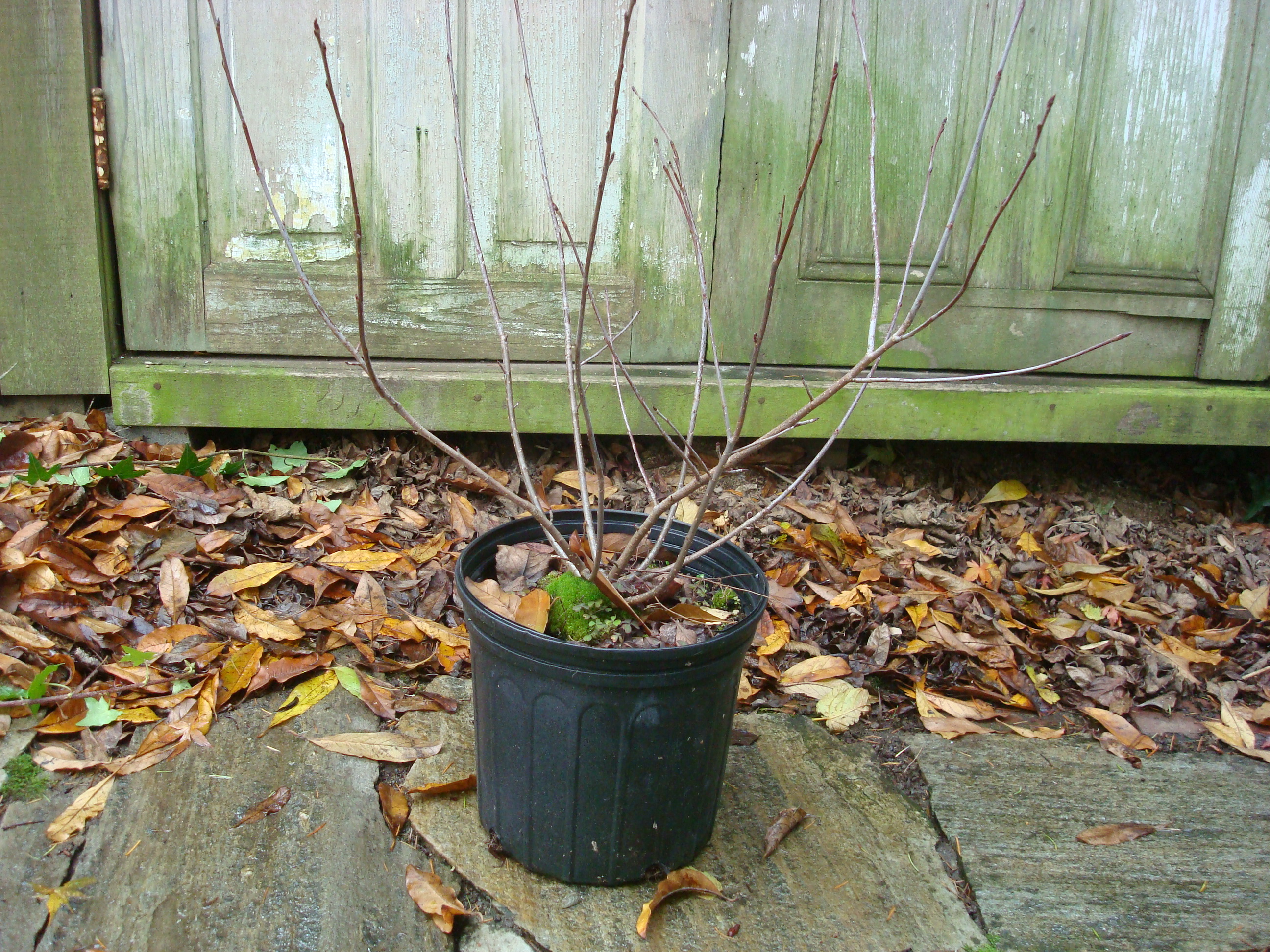

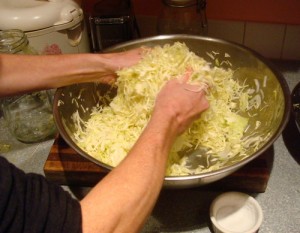 I always have containers of bubbling fermenting vegetables around so I can get my live food hit all year. In my kitchen, you’ll see glass jars of cabbage, turnips and tomatoes, crocks of cucumbers and chickpea miso, and plastic buckets with rice sake, all breaking down into highly digestible delectables. Fermentation not only is an excellent way to preserve vegetables, it also increases nutritional content, removes toxins and generates enzymes in the process. Eating fermented food introduces lactobacillus bacteria (probiotics) into your digestive system. When it comes to health and strong immunity, lactobacillus bacteria is your best friend-the one who will watch your gut.
I always have containers of bubbling fermenting vegetables around so I can get my live food hit all year. In my kitchen, you’ll see glass jars of cabbage, turnips and tomatoes, crocks of cucumbers and chickpea miso, and plastic buckets with rice sake, all breaking down into highly digestible delectables. Fermentation not only is an excellent way to preserve vegetables, it also increases nutritional content, removes toxins and generates enzymes in the process. Eating fermented food introduces lactobacillus bacteria (probiotics) into your digestive system. When it comes to health and strong immunity, lactobacillus bacteria is your best friend-the one who will watch your gut.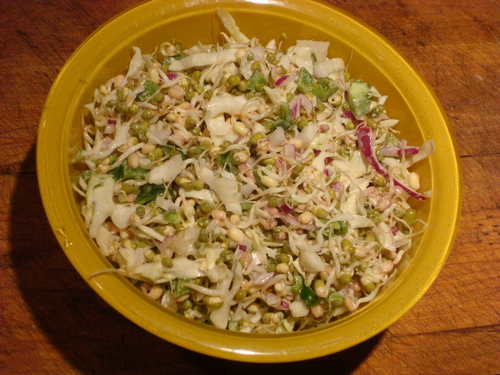
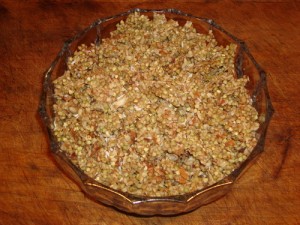

 Here I am innocently scraping the outerlayer off the horseradish root I just dug out of the garden. I’m thinking about my next steps in making horseradish sauce where I will chop the root into small pieces and then, along with salt, add white vinegar, a little water, before mixing them up in the Cuisinart. It’s all very straightforward, ordinary kitchen crafting. My intent is to use the horseradish in my raw salads because I like its bite.
Here I am innocently scraping the outerlayer off the horseradish root I just dug out of the garden. I’m thinking about my next steps in making horseradish sauce where I will chop the root into small pieces and then, along with salt, add white vinegar, a little water, before mixing them up in the Cuisinart. It’s all very straightforward, ordinary kitchen crafting. My intent is to use the horseradish in my raw salads because I like its bite.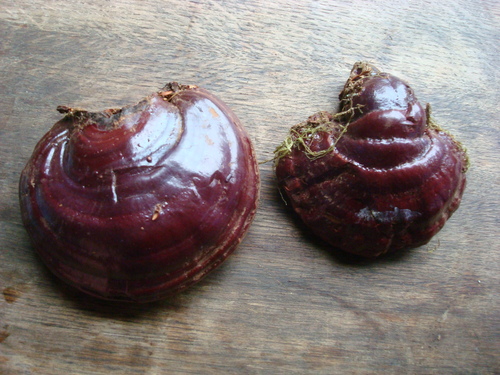
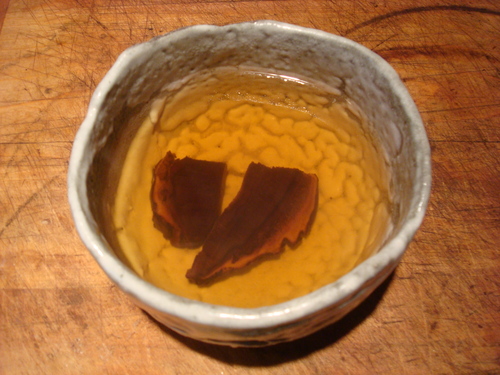 Pacific Northwest’s Reishi – Ganaderma Orgonense
Pacific Northwest’s Reishi – Ganaderma Orgonense